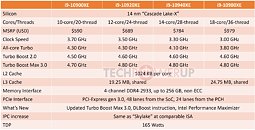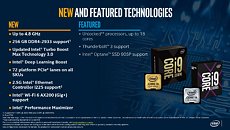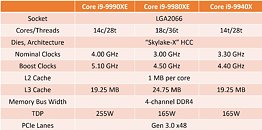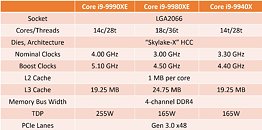ORIGIN PC EON16-SL and NSL-16 Available Now
ORIGIN PC, a leader in custom high-performance systems, today announced the launch of its latest EON16-SL and NSL-16 laptops. Honing in towards improved portability, access 40-Series performance with a spacious 16" 240 Hz 2560 x 1600 display on a laptop only 0.71 inches thin while 4.19 pounds light. Gamers and professionals can customize a system powered by modern, reliable hardware while also backed by ORIGIN PC's 24/7 US-based support team. Bring portable gaming performance on-the-go with an EON16-SL or complete your work anywhere with an NSL-16.
ORIGIN PC's new EON16-SL pushes lightweight laptop gaming further than ever. It is designed with an Intel Core i9-13900H 14-core processor, NVIDIA GeForce RTX 4070 GPU, and can be customized with up to 64 GB of DDR5 DRAM as well as 16 TB of high-speed storage. Run all the latest games with impressive frame rates, and make use of the massive storage capacity to hold all of your favorites. If you need any software for streaming or content creation, the EON16-SL can easily hold it all.
ORIGIN PC's new EON16-SL pushes lightweight laptop gaming further than ever. It is designed with an Intel Core i9-13900H 14-core processor, NVIDIA GeForce RTX 4070 GPU, and can be customized with up to 64 GB of DDR5 DRAM as well as 16 TB of high-speed storage. Run all the latest games with impressive frame rates, and make use of the massive storage capacity to hold all of your favorites. If you need any software for streaming or content creation, the EON16-SL can easily hold it all.

















